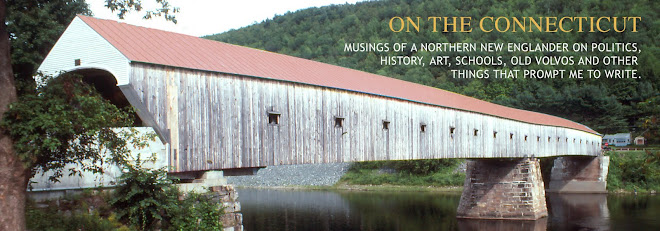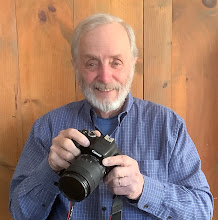Driving home from work on Route 119 in Littleton MA one warm March afternoon, I passed a slow moving car in a legitimate passing zone. I stepped hard on the gas to complete the pass before the broken line turned solid. As I pulled back into my lane, I met a police cruiser traveling in the opposite direction. I glanced in the rear view mirror and saw his brake lights come on, so I made sure I stayed under the speed limit.
A short way down the road, the cop passed the same car and came flying up behind me with his blue lights flashing. I pulled off the road, took out my license and registration and rolled down the window. I watched in the mirror as the officer carefully donned his Stetson when he exited his vehicle.
He walked up beside my car and asked the usual questions. “May I see your license and registration please?” followed by “Do you know why I stopped you, Mr. Johnson?”
He had just finished the second question when a large truck roared by a few feet behind him. “Oh, shit,” he cursed under his breath as the immaculate Stetson blew off his head and tumbled into a mud puddle.
Have you ever experienced one of those times in life when you know you shouldn’t laugh at something but you can’t help yourself? Seeing this big burly cop chasing his hat into a very large puddle was too much for me. I couldn’t stifle a chuckle.
Unfortunately, he heard me.
My insolence was rewarded with a citation for speeding and passing on a solid line handed to me without a word. Since I wasn’t speeding and didn’t pass on the line, I decided right then to file an appeal.
Four weeks later, I went to the Ayer District Courthouse at the appointed time. The officer and I were called into the Clerk’s office for a hearing. I brought along a diagram of where I was when I passed and snapshots of the road.
I must have been convincing because the Clerk found in my favor. The law allowed the police officer to have the case reheard by a judge, and he requested it. As we walked out of the clerk’s office, the bailiff stepped up close.
“Just repeat what you said to the judge. This guy has a reputation as a hothead,” he whispered.
I walked down the hallway a short distance behind the officer, feeling pretty confident about the hearing. With my hands behind my back, I strolled toward the door to look outside. Suddenly, a security guard dashed over, grabbed me by the arm and yanked me away from the door.
“Where do you think you’re goi . . . oh, I thought you were cuffed,” he exclaimed.
“I’m only here for speeding,” I replied. We both saw the humor in the situation and exchanged smiles.
Fifteen minutes later, the police officer and I were standing in front of the judge, The cop went first and described what sounded almost like a high speed chase. I followed with my explanation of the road and my diagram and photos. The judge found in my favor, and the case was dismissed.
I was a very cautious driver in Littleton, Massachusetts for many months afterward.
I'm just a gigolo...
-
OK. The truth be told, I guess I was a gigolo at one time.
I wasn't trying to be. But a woman I had sex with paid me for my time. It
started cuz I missed w...











